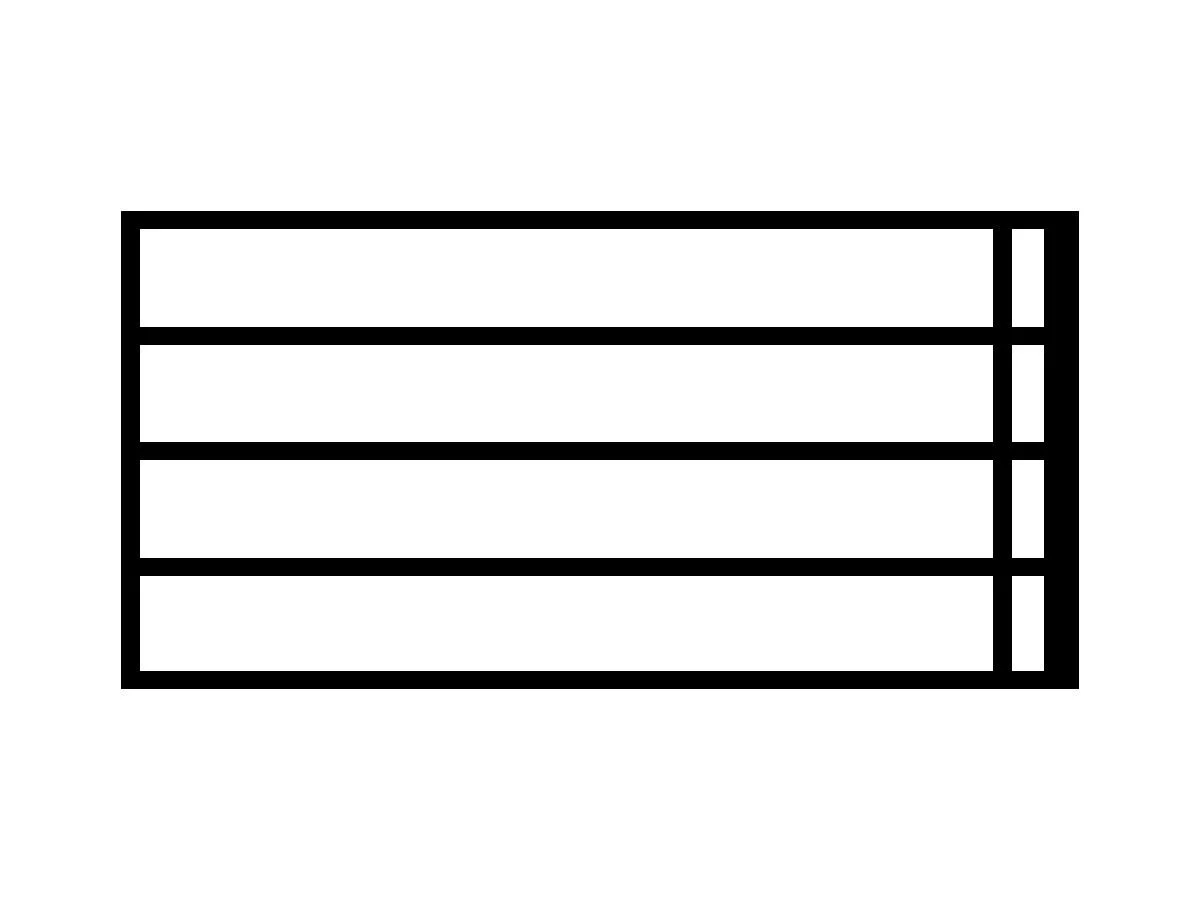The Basics
Intro to Rhythm and your First Strumming Pattern
Are you ready to start learning about rhythm? :) If you're following my Beginner Course, this will be your first strumming pattern ever!
Rhythm and Strumming
Rhythm can be challenging for most of us, and I even have a full lesson explaining why strumming is so hard! At the beginning of your guitar journey, you'll probably find that this is as tricky as chord changes. But don't worry, we'll learn slowly to build a solid foundation.
Before we get started with your very first strumming pattern, let’s define some of the terms we use when talking about rhythm!
WHAT IS A BAR OF MUSIC?

Most songs have a regular and consistent pulse or beat. It's the reason why, when you listen to music, you might begin to tap your foot or nod your head along with the tune. A bar (or a measure) divides musical rhythms into a consistent form. A bar is a specific space of time!
When musicians count out “1, 2, 3, 4” before starting a song, they're counting the beats of a bar!
A time signature specifies how many beats are in a bar. The most common time signature in music is 4:4 - four beats in a bar! You might also see it written as 4/4.
In these early stages of our Beginner Course, we'll play songs with four beats in each bar. Later on, we'll look at other time signatures and understand more about the theory behind them!
THE EASIEST STRUMMING PATTERN EVER
Now we’re ready to give it a go with your first strumming lesson. Remember, the goal is to build a solid foundation. To start with, we'll only strum on the first beat of each bar. Like this, you'll have plenty of time to make your chord changes.
It’s a simple process! Grab your guitar and follow along with the video lesson. Here are some tips:
- If you’re playing the same chord in the next bar, make sure you're strumming only on Beat 1. If your chord changes are slow, try lifting your fingers off the strings earlier. It'll give you a bit more time to set up for your next chord!
- At this stage, the most important thing is to strum the chord right on the beat. Not before, and not after. Even if you can’t let the chord ring out for as long as you want before making the chord change!
You’ll get better at this as your chord changes speed up. Keep up with your One Minute Changes Exercise, and keep track of your progress. It’ll help with this lesson too!
We'll explore more strumming patterns later in this course. You’ve got enough on your plate right now to keep you busy. :)
TIPS TO HELP YOU PROGRESS FASTER
It takes some time to develop a good sense of rhythm. There are a few tricks that can help you progress faster:
- Counting “1, 2, 3, 4” out loud as a song plays helps you get used to feeling the beats!
- If you can, tap your foot along with the music. We’ll go into more detail about this in the next lesson.
- If you have music experience with another instrument, you may find it helpful to work with a metronome. But if this is all new to you, a metronome is not necessary at this stage.
We’ll get more into the metronome later on in the Beginner Course. For now, congratulations - you’ve completed your first strumming lesson! Next up is how to strum only the correct strings. That's a